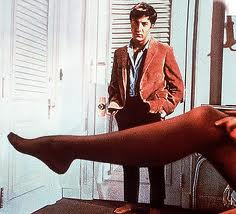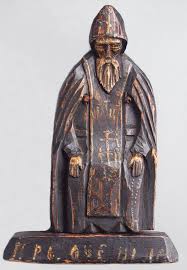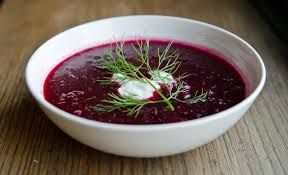If “Russian icon” makes you think “Fanny and Alexander,” get yourself to the unlikely, un-Russian town of Clinton, MA. There, check out the Museum of Russian Icons which owes its existence to Gordon Lankton, a plastics engineer. (Unlike Benjamin in The Graduate, Mr. Lankon loved plastics, or at least cared enough about them to have a highly successful career and become very wealthy.)
Lankton began traveling to Russia on business. On weekends, with time on his hands, he began visiting Moscow flea markets where he bought his first icon. He was hooked to the point where his business trips became more icon- than plastic- centered. He displayed his ever-expanding collection at home until his wife objected, (not the official accounting but I have this on good authority); then he bought a building, hired a very talented designer and in 2006 opened the museum. It’s now two buildings, very contemporary, very “green,” electronically self-sufficient and has a permanent collection of several hundred icons, some dating as far back as 1450.
My absolute fave item wasn’t an icon but a collection of statues of St. Nil (I may be slightly off on the name) who spent his monastic life on crutches so he would be standing upright in prayer 24/7.
Here is a recipe for–what else?– classic Russian borscht. I don’t know if Mr. Lankton liked it but suspect he ate it on one of his many Russian adventures.
Classic Russian Borscht from Cooks.com
2 quarts beef stock
3 tablespoons butter
1 cup green cabbage, finely chopped
1 cup potatoes, diced
1/2 cup carrots, diced
1 stalk celery, minced
1 onion, chopped
1 1/2 cups canned tomatoes
1/2 cup juice (from can of beets)
1 cup cooked or canned beets, diced
1 teaspoon vinegar
chopped dill or parsley (for garnishing)
sour cream
In a large heavy pan, melt butter and lightly sauté cabbage, potatoes, carrots, celery and onion for approximately 5 minutes. Add beef stock.
Blend canned tomatoes or press through a sieve until fine (Only for purists.) Add pureed tomatoes and beet juice to stock. Cover and simmer over low heat until vegetables are firmly tender but not soft.
At this point, add the chopped beets and vinegar. Season well with salt and pepper and remove from heat before the beets begin to lose their color. Serve with a dollop of sour cream and a sprinkling of dill or parsley over each bowl.
The famous Russian phrase “Na zda-ró-vye!” (phonetically ” naazzdroveya” or close) is apparently not really a drinking toast but a reply to “Thank you!” when someone thanks for a meal or a drink. Most of us aren’t in a “thanks to the Russians” toasting mood these days but serving borscht with a shot of vodka seems appropriate. You could toast to peace.



